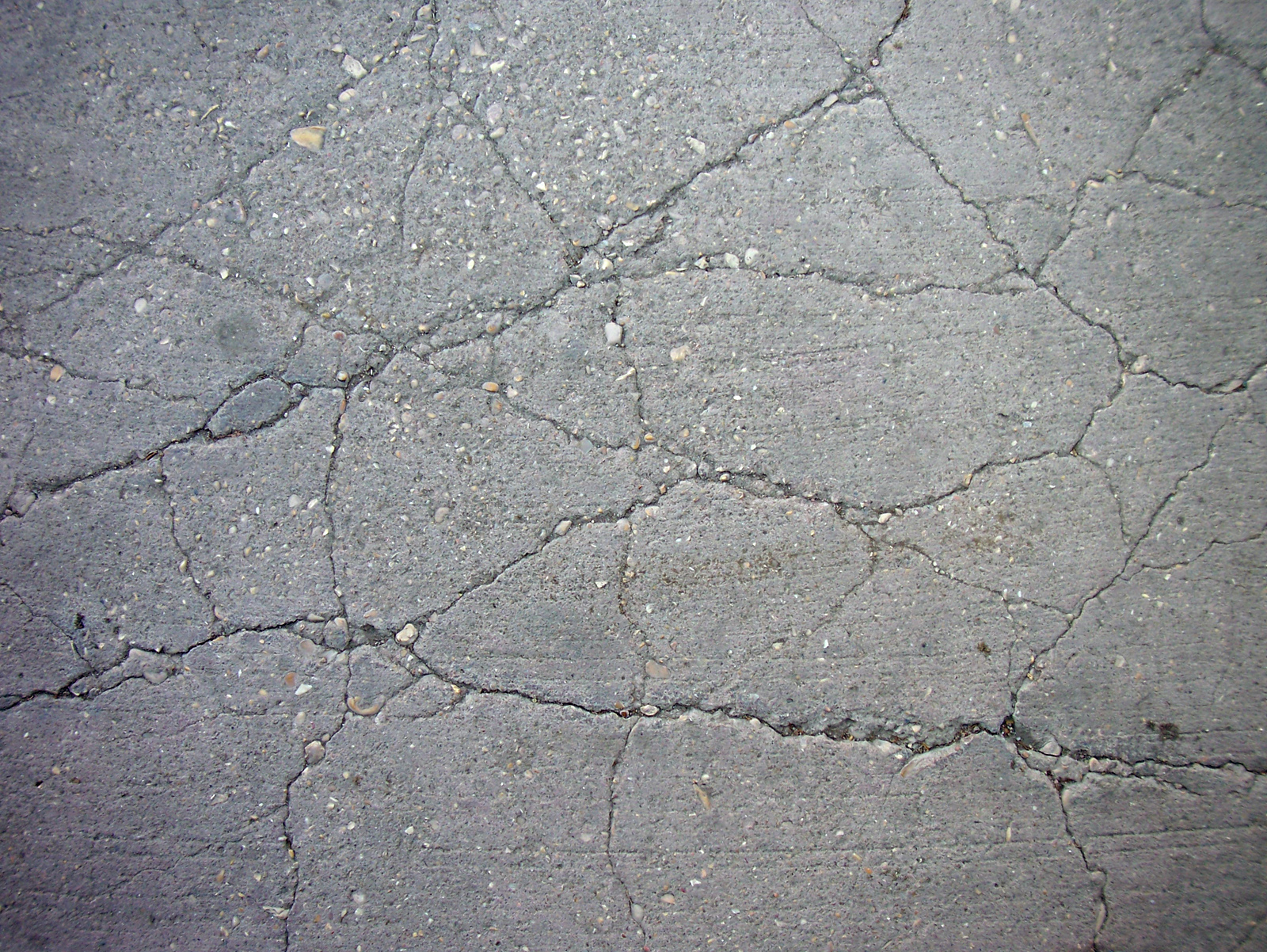
Researchers are using both biological and chemical approaches to fill the gaps in broken concrete.
Filling the gap: self-healing concrete
Cracks in concrete buildings, roads, and sidewalks are common and
often require costly plugging. But what if concrete, the world's most
used construction material, could detect cracking and heal itself?
There would not only be significant cost savings (in 2002, the
Corrosion Society estimated the cost of corrosion in construction and
other applications to be $276 billion annually, over 3% of US GDP),
but there would be an environmental benefit as well; concrete
production accounts for 10 percent of the world's carbon dioxide
emissions.
Researchers are taking both chemically and biologically-based
approaches to create concrete that heals itself. Chemical approaches
typically use outside or embedded water supplies to activate dry
cement grains, while biologists are looking at bacteria to fill holes.
At Delft University of Technology in the Netherlands, bacteria are
being used to produce limestone (calcium carbonate) and fill cracks.
Dr. Henk Jonkers is placing these bacteria in a concrete mixture. If a
crack occurs and water and oxygen enter the concrete, then the
bacteria can produce limestone. The challenge is creating the right
environment for these alkaliphilic bacteria, which can withstand the
high acidity of concrete.
Delft researchers believe that "bacterial concrete" would be ideal for
the construction of underground retainers for hazardous waste; humans
would not have to go near the waste to repair cracks. However, it may
be a while before this concrete becomes economically viable in
residential buildings.
Researchers at the South Dakota School of Mines & Technology (SDSMT)
are collaborating with Delft, but have some ideas of their own which
show promise. Dr. M.R. Hansen, a professor of civil engineering, and
his prior students, Rebecca Vandine and Cassy West, have demonstrated
two concepts for concrete healing, both relying on water. One method
takes water from outside – f.e. rainwater – and combines it with
residual concrete ingredients to
promote internal healing.
A second method involves water storage within the concrete. "We always
get some tiny microcracks in the cement. If we can have some residual
water on the inside, some of that
water can find unhydrated cement grains and reactivate them and reglue
things together," says Hansen.
One challenge is making the water flow through concrete. SDSMT
researchers use admixtures to make the water "more slippery," says
Hansen. "We add chemicals or admixtures to reduce the surface tension
so water will flow more easily. Without that, the water may not go
into the tiniest cracks."
The concrete developed by Hansen and his students was cracked and then
healed for 28 days before being tested. Some of the concrete samples
showed as much as 100% healing. "Does it always heal perfectly? No, of
course not," says Hansen, who is now seeking funds from the National
Science Foundation for further study. "More research is required. Can
the amount of healing be improved with the right materials? Yes."





